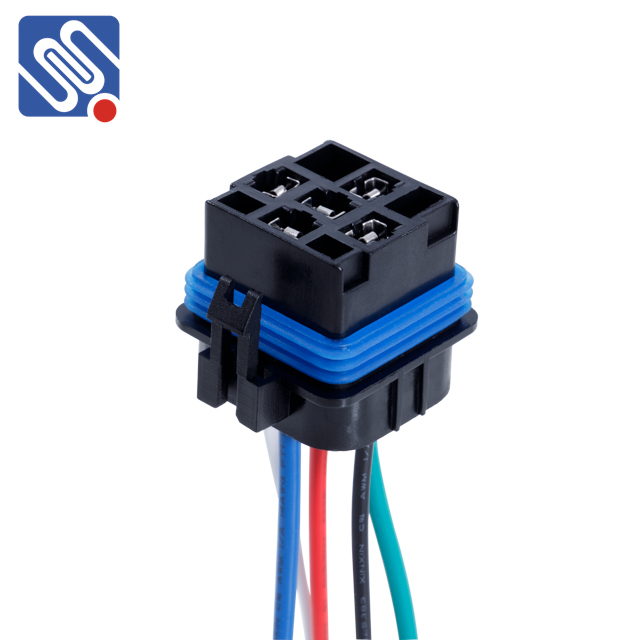Relay connectors play a crucial role in the functioning of electrical systems. As an essential part of relay technology, these connectors ensure that electrical circuits are reliably connected, enabling the seamless transmission of signals and power. In this article, we will explore the significance, types, and applications of relay connectors, as well as their impact on various industries.

What Are Relay Connectors? Relay connectors are electrical components used to link relays with circuits. A relay is an electromagnetic switch that controls the opening and closing of electrical contacts in response to an input signal. Relay connectors facilitate the connection between the relay and the rest of the system, ensuring efficient communication and control within electrical and electronic devices. These connectors typically consist of two parts: the relay itself, which contains the mechanical switch, and the connector that provides the electrical path between the relay and the circuit. The primary function of the relay connector is to ensure that the electrical current flows properly between the two components, supporting the relay’s switching operation.